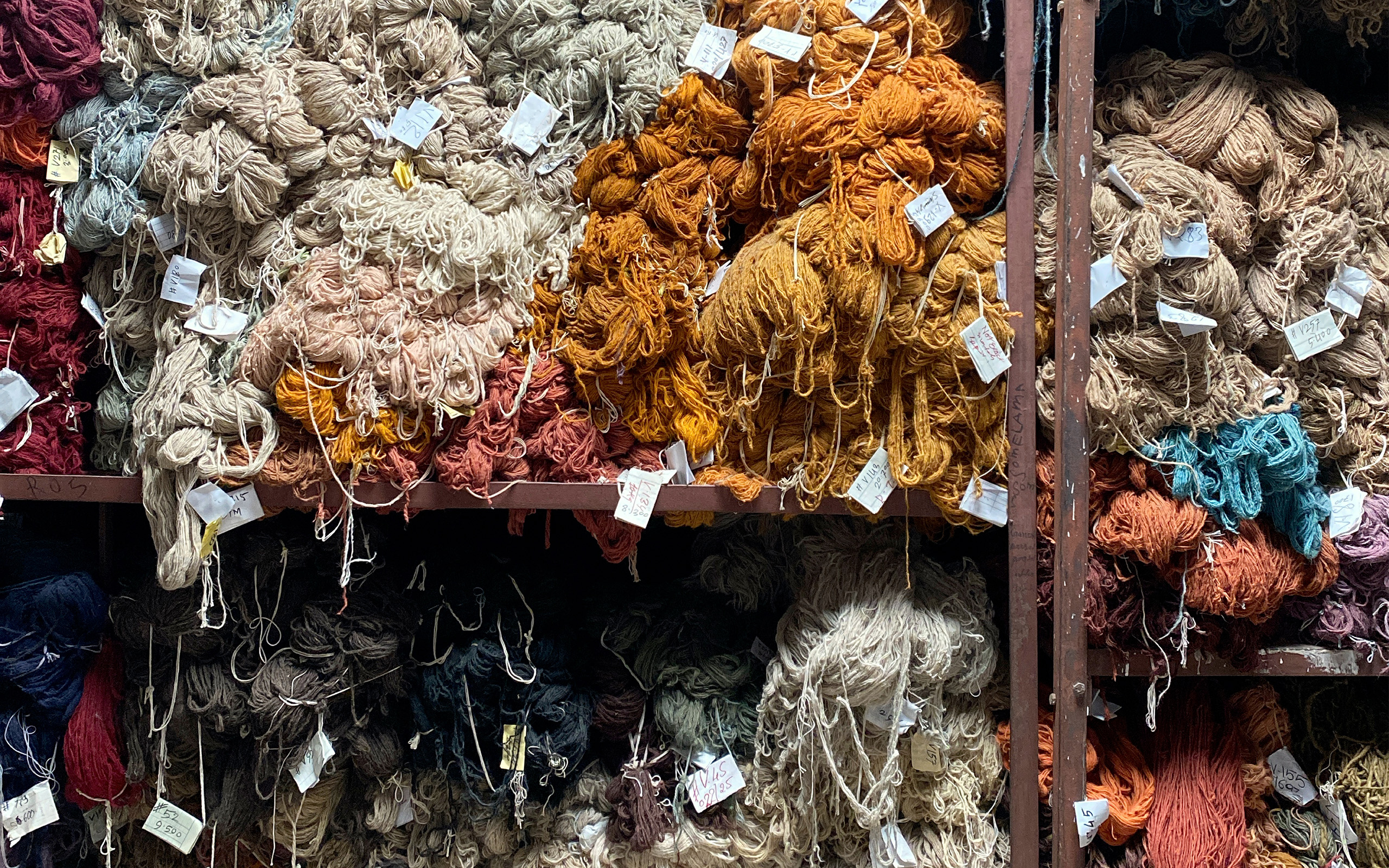Piri Reis | Wool and Silk
Discovered in the Topkapi Palace in 1929, the Piri Reis Map as it is known, is the oldest known Turkish map showing the new world and one of the oldest maps of America still in existence anywhere (the oldest known map of America that is still in existence is the map drawn by Juan de la Cosa in 1500). The extant fragment of the map represents approximately one-third (1/3) of the original and was compiled by Piri from various sources as he himself had never sailed into the Atlantic. The map was signed by Piri in 1513 CE and later presented to the Ottoman Sultan Selim I in 1517 CE. It’s discovery was serendipitous as it existence was theretofore unknown when German theologian Gustav Adolf Deissmann – who had been commissioned to catalog the palaces non-Islamic items – located it in a search of the palace. Feted at the time as it was then the only known copy of a map by Christopher Columbus, the Piri Reis map is an invaluable look into he technology and skill of the past, and is widely regarded. This is the carpet the map inspired.
















